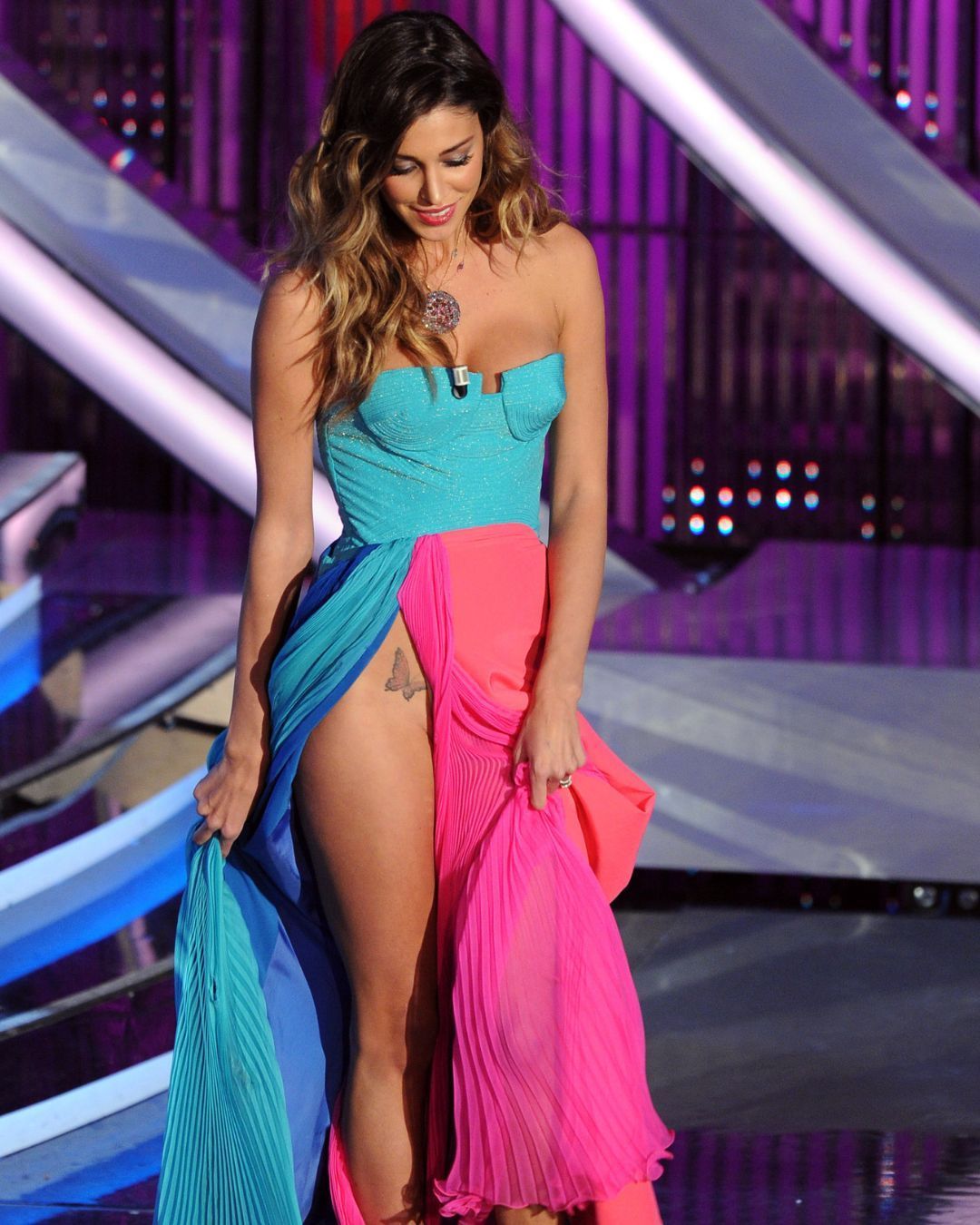
Phenomenology of the Sanremo scandal From Belen's butterfly to Achille Lauro's drugs
Sanremo, in Italy, is everything. The supreme national-popular moment. A mirror reflecting a country that advances, slows down, or retreats, showcasing its changes and contradictions. Sanremo introduces new phenomena but also documents and validates changes that have already occurred, a cultural document since 1951, the year of its first edition. Initially groundbreaking and novel, then a bit dusty and out of fashion, now more popular than ever, giving rise to highly participated games like FantaSanremo. Whether it's a successful edition or not, whether the songs succeed or not, everything is secondary: what truly never fails at Sanremo are the controversies, scandals, debates, and moments. Some love it (increasingly more lately), and some hate it, but the truth is one and only one: the festival is a three-headed monster that completely monopolizes our screens for at least a week, if not two. Including competing television networks.
Bobby Solo's Eyeliner
Sanremo started with a scandal. In 1964 and 1965, at the peak of its boom and the era of Mike Bongiorno, Bobby Solo presented the songs Una lacrima sul viso and Se piangi se ridi. Both times stirred up controversy: because he sang in playback and, above all, because he appeared on stage with eyeliner. Make up on a man, for the well-behaved Italy of the Sixties, was a real - you guessed it - scandal. And even today, it's discussed whenever possible, also in relation to make-up for men.
Style Scandals: From Patty Pravo to Belen, passing through Loredana Bertè
Continuing on this line, it's impossible to list every time a female artist decided to make a bold and sensual statement on the Ariston stage. Worth remembering, in 1986, the look of Loredana Bertè, in a leather jumpsuit and a fake baby bump. The bump created by costume designer Luca Sabatelli did not please the Italian audience at all, but Loredana wanted to make it clear that pregnant women are not less strong, on the contrary. A positive message that Italy wasn't ready for yet. Also, in 1999, the look of Anna Oxa, who won that edition with Senza pietà. An immortal song almost as much as the low-rise pants with visible underwear worn during one of the evenings. The morally upright trembled.
Things move slowly, especially when it comes to sexuality and sensuality of women. Belen Rodriguez, as a host and co-presenter, in 2012 descended the infamous stairs in a dress with a shockingly high slit. Revealing a butterfly tattoo in the groin area. The discussions were endless. Was it fake? Was it real? What underwear was she wearing? Was it too sexual? Who thinks about our children?
Competitor Scandals: From Claudio Baglioni to Achille Lauro
Sometimes, scandals are deliberately fueled by competitors, attempting to diminish and belittle the influence Sanremo has on the audience. For example, when Sanremo falls into problematic periods, perhaps following earthquakes, pandemics, or natural disasters, discussions arise about the fees for presenters and co-presenters. Should they donate it to charity? Should they use it to intervene instead of the State and rebuild houses? Usually, these speculations are managed with a charity campaign, accompanied by a monologue on stage and some official statements. Sometimes, the attacks are personal. For instance, Striscia la Notizia over the years first targeted the creative director of 2018 and 2019, Claudio Baglioni, accusing him of including many artists from his own agency in the competition. And then Achille Lauro - guilty of presenting a song that, according to the show, glorified drugs. Not that these controversies had any effect: Baglioni presented and directed (almost) undisturbed in his festivals, and Achille Lauro after his first participation with Rolls Royce became a regular presence, even as a guest.
Assorted Scandals: Offspring and Stage Invasions
Some controversies and scandals bypass channel wars, text exegesis, the morality police, and the interference of the current government (after all, we're talking about Mamma Rai) to give us a moment of unpredictability. For example, during the 64th Sanremo Festival, hosted by Fabio Fazio in 2014, two men climbed the barricades of the Ariston theater, blocking the curtain and threatening to jump. Panic was real, the incident immediately diffused, and the men rescued. Little or nothing was known about them in the following days. Or in 2013 when someone from the audience yelled and whistled loudly against Maurizio Crozza - engaged in a monologue against Silvio Berlusconi - causing general embarrassment.
Also, changing the tone completely, if we delve into the recent history of the festival, we find an edition that has been talked about for decades for its boldness and nepotism. The one with the offspring, which took place in 1989. The catch? All the presenters were what we now call nepo-babies, and back then, they were simply pointed out as raccomandati, in italian: Rosita Celentano, Paola Dominguín, Danny Quinn, and Gianmarco Tognazzi. To worsen their position, they didn't perform very well, demonstrating gaffes and lapses.
Sanremo is Sanremo (for better or worse)
It's impossible to catalog all the controversies and scandals of Sanremo in just one article. While waiting to have a university course dedicated to it (it's about time), let's stir up some memories and await the next edition, which will surely give us something to add to this endless list. Will we ever be free from the monopolizing yoke of the festival, blending sacred and profane, serious and humorous seamlessly, diminishing and exalting situations, characters, and trends? We hope not, but we also hope that the festival, now over 70 years old, truly manages to keep up with the times, embracing diversity and humanity, freeing itself from the specter of conservatives and professional scandalizers who shout from the audience (and that's rude).


























































